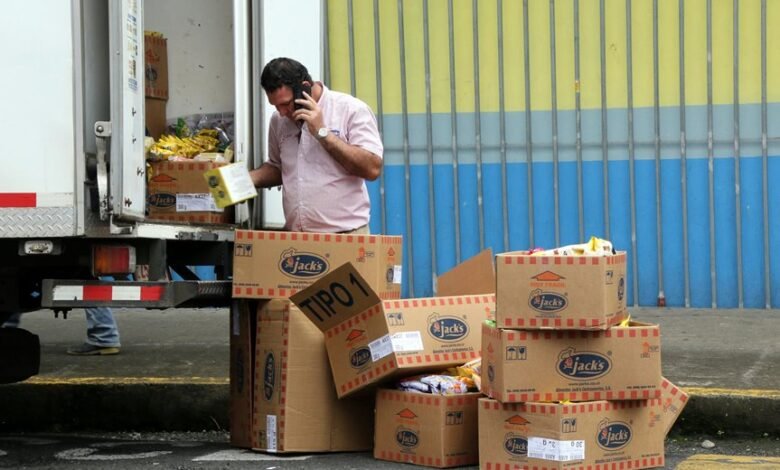432440110 Dropped Call Attempt Distribution

The distribution of dropped call attempts associated with the number 432440110 presents an opportunity for critical analysis. This data reveals patterns that can indicate underlying network issues. By examining the frequency and circumstances of these failed connections, telecommunications providers can pinpoint areas needing attention. Such insights have implications for network reliability and user satisfaction. Understanding these dynamics may lead to enhanced strategies for improving call quality and reducing user frustration. What factors could be influencing this distribution?
Understanding Dropped Call Attempts
Dropped call attempts represent a significant metric in telecommunications, reflecting the frequency at which initiated calls fail to connect or are abruptly terminated.
This phenomenon directly impacts call quality and serves as an indicator of network reliability.
Analyzing the rate of dropped calls provides insights into the performance of telecommunications infrastructure, ultimately guiding improvements that enhance user experience and satisfaction in communication services.
Analyzing the 432440110 Distribution
A comprehensive analysis of the 432440110 distribution reveals critical patterns in dropped call attempts within a specified network.
This distribution analysis highlights specific call attempt patterns, indicating potential areas of concern.
Implications for Network Performance
While analyzing dropped call attempts is essential, understanding their implications for network performance is equally crucial.
High dropped call rates indicate poor network reliability, adversely affecting user experience. Users encountering frequent call failures may seek alternatives, leading to churn.
Thus, monitoring and addressing these issues is vital for maintaining a competitive edge and ensuring that the user experience remains satisfactory and dependable.
Strategies for Reducing Dropped Calls
Addressing the issue of dropped calls requires a multifaceted approach aimed at enhancing network reliability.
Implementing network optimization techniques, such as load balancing and capacity planning, is crucial for improving call quality.
Additionally, deploying advanced technologies like small cells and network slicing can mitigate congestion.
Regular performance assessments will further ensure that the network adapts to changing demands, ultimately reducing dropped call incidents.
Conclusion
In the intricate tapestry of telecommunications, the 432440110 dropped call attempt distribution emerges as a crucial thread, revealing the fragility of network connections. By dissecting these patterns, providers can illuminate shadowy corners of performance issues, guiding strategic enhancements akin to tuning a delicate instrument. Ultimately, addressing these vulnerabilities not only fortifies the network’s backbone but also cultivates user trust, transforming fleeting connections into lasting relationships, thereby ensuring a harmonious symphony of communication in an ever-evolving digital landscape.




